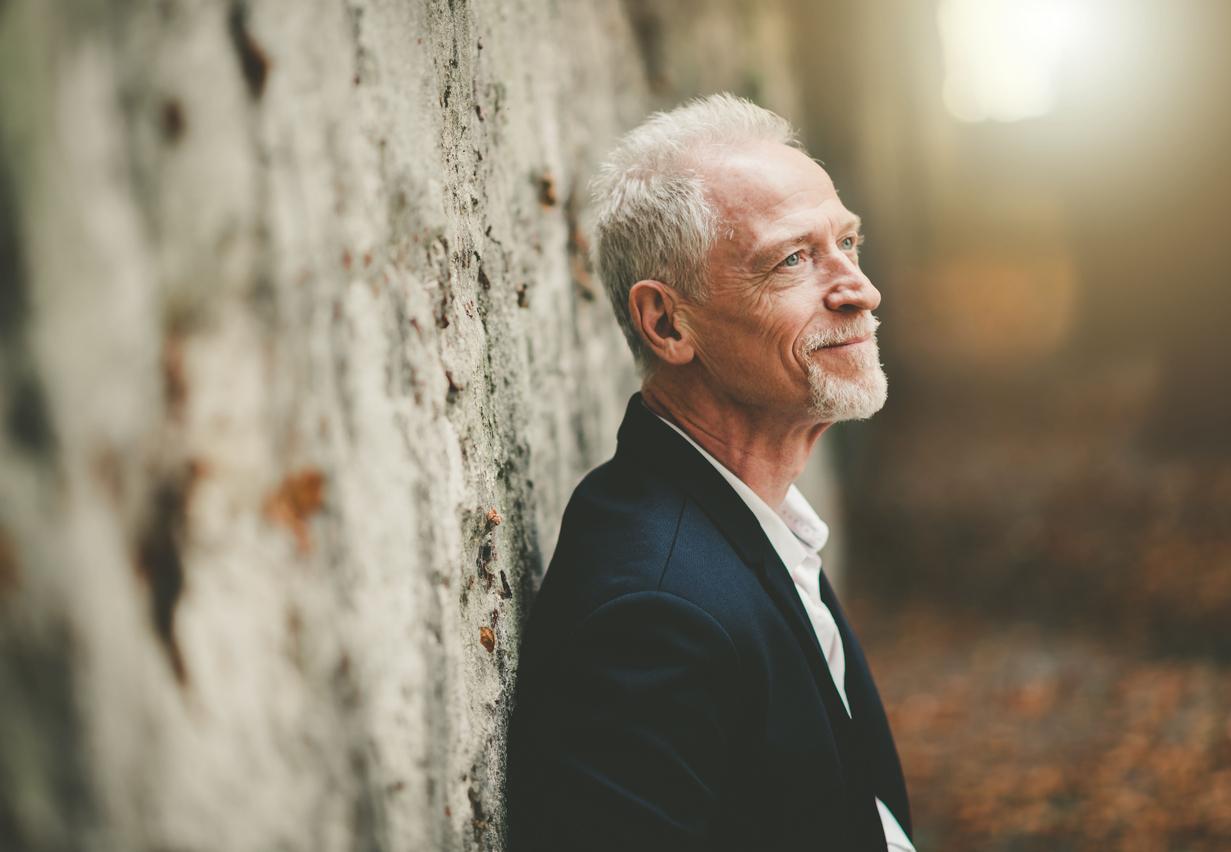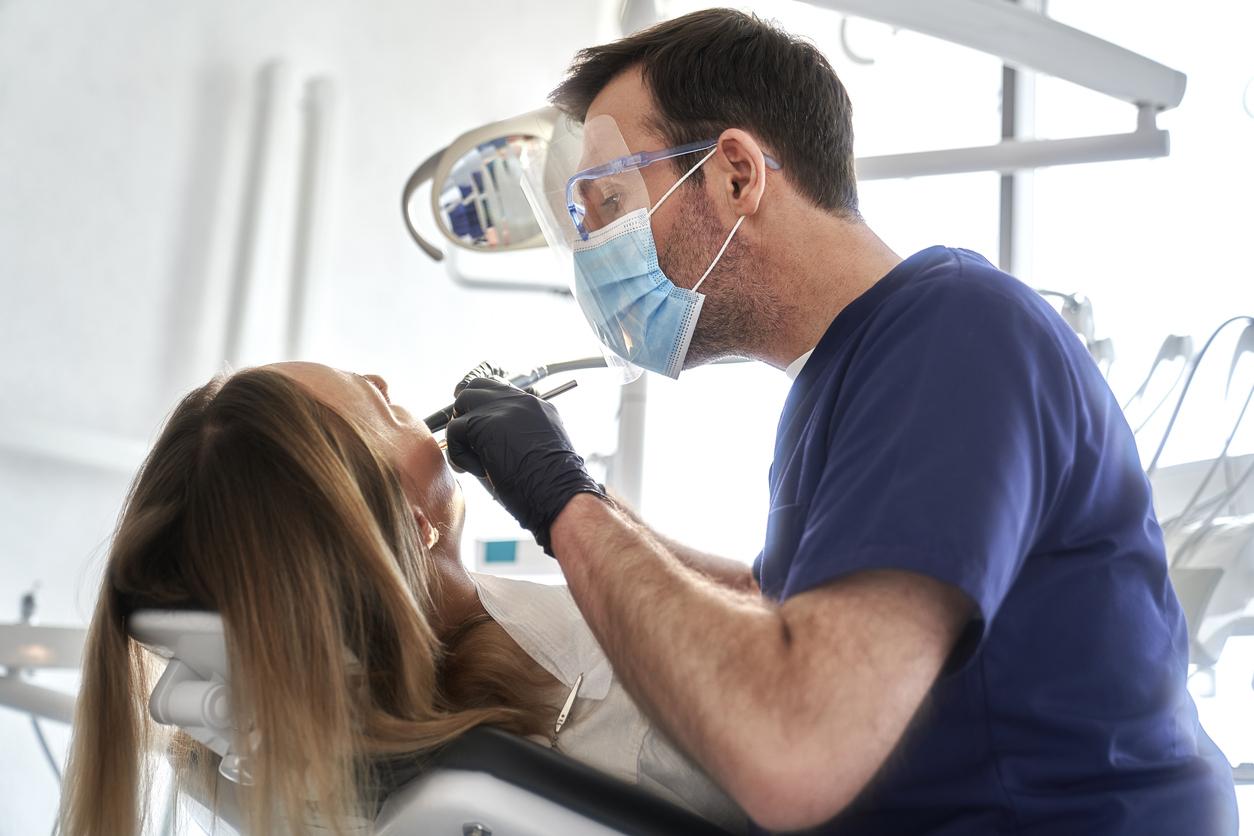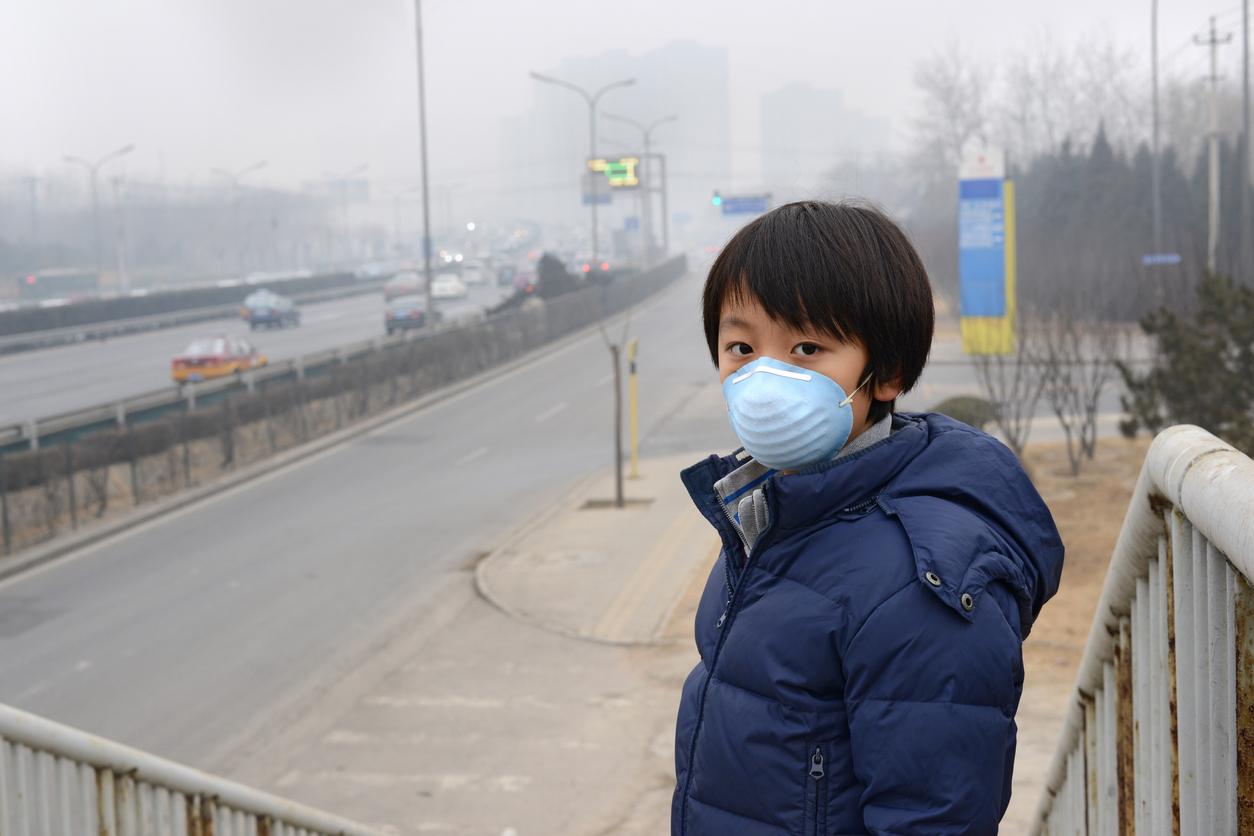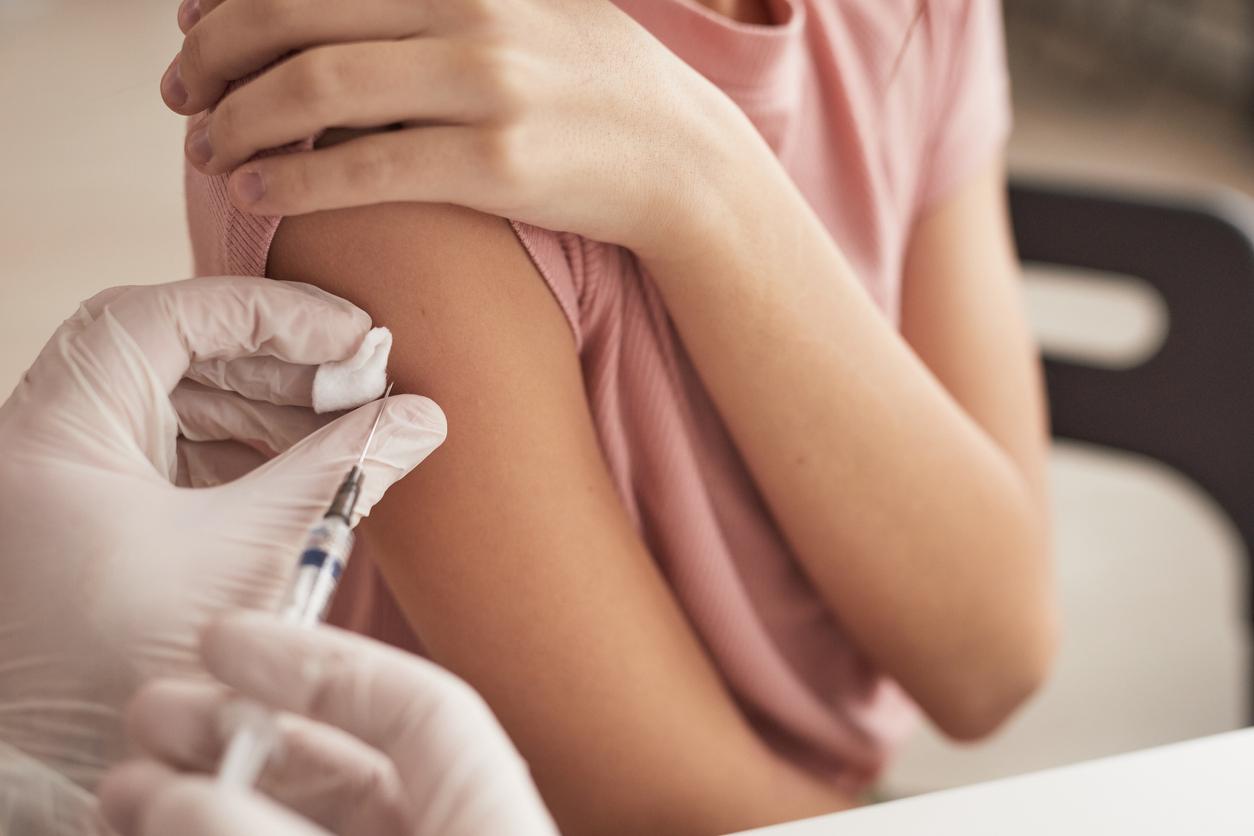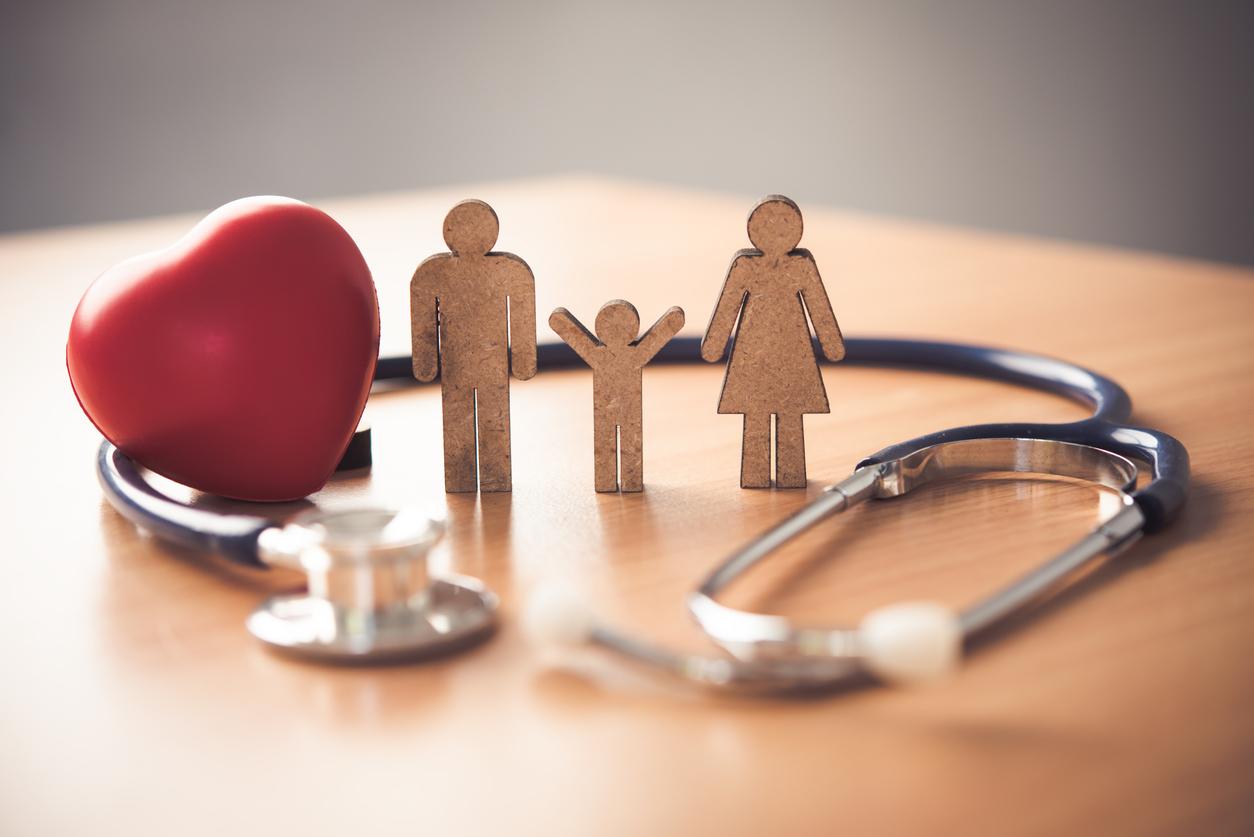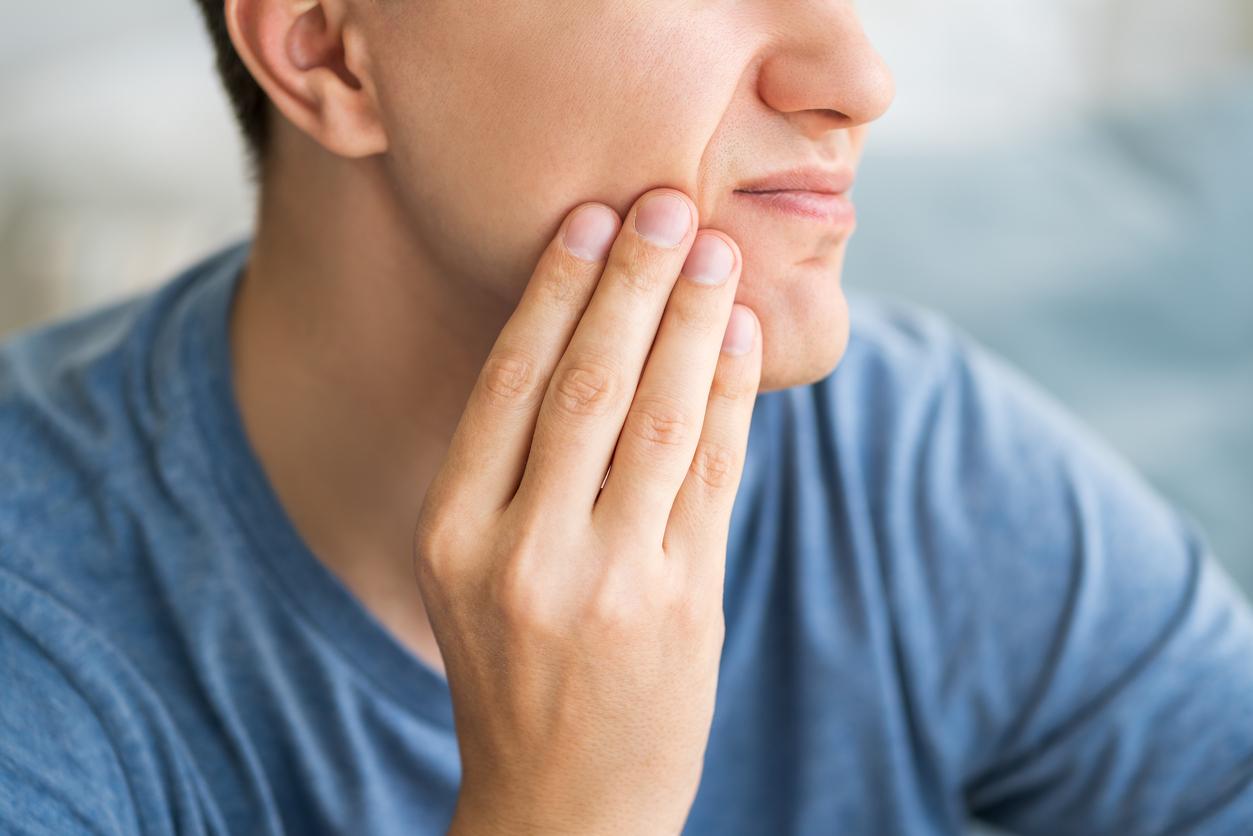Almost 4 million people live more than 30 minutes from an emergency department. Corsica accumulates the markers of the medical desert.

Retirement of general practitioners and disenchantment of young doctors for rural areas, flight of pharmacists from small towns, closure of local hospitals … Medical desertification worries the Ministry of Health, which has made it one of its struggles during the five-year term of François Hollande.
Figures released this Thursday in a DREES report, statistical division of the Ministry of Health, do not reassure. Almost 4 million people, or 6% of the population, live more than 30 minutes from an emergency department (hospital and SMUR).
Emergency in Corsica
By adding accessibility by helicopter, and the presence of medical correspondents from Samu (MCS), this figure drops to 1 million people (1.6% of the population). Corsica is the most affected region with nearly a quarter of its population affected, followed closely by Guyana and Martinique (22%), then Bourgogne-Franche-Comté.
Outside the latter region, the DREES report underlines that for the most affected areas, the temporal distance to emergency services is strongly linked to the local geography, and to the difficulties of access by road. “They are often located in the middle of the mountains, or in an environment where movement is difficult,” he explains.
Pharmacies say it all
These difficulties are found in the proximity of pharmacies, which the rapporteurs have designated as one of the most representative markers of medical deserts. “The criterion of distance from pharmacies could be the sign of a particular fragile situation,” they explain. In almost one in two cases, distance from pharmacies is coupled with poor access to general practitioners, and in one in three cases, it goes hand in hand with distance from emergency services.
The pharmacy nevertheless represents “a simple and rapid point of access to the health system. […] with a view to prevention and early guidance, ”they add. While 4 in 5 people have access to a pharmacy in their town of residence, around 1.6 million French people live more than 10 minutes from the nearest pharmacy.
In Center-Val-De-Loire, Bourgogne-France-Comté, Grand-Est and Occitanie, particularly rural regions, between 3.6 and 5.8% of the population live too far from a pharmacy. And once again, Corsica is particularly affected, with more than 15% of inhabitants affected.
Shortage of pediatricians
As for general practitioners, more than 5 million French people live in an under-resourced municipality. And the better-off have almost three times easier access to a consultation than the most isolated.

Map of France of access time to the nearest GP (DREES, 2017)
This ratio is even more marked for gynecologists (1 to 8), pediatricians (13.8) and psychiatrists (almost 20).

Map of France for access time to the nearest pediatrician (DREES, 2017)
The results of François Hollande’s policy
Medical desertification has occupied the Minister of Health for the entire term of President Hollande. Increase in the numerus clausus, creation of health centers, financial aid for the installation of young doctors in rural areas …
Government leads, as well as local initiatives, may have slowed the process down. Among the campaign promises was to reduce the number of people living within 30 minutes of an emergency department. And on this side, the bet seems partly successful. In 2012, it stood at 2 million. It was halved during the five-year term.
.








